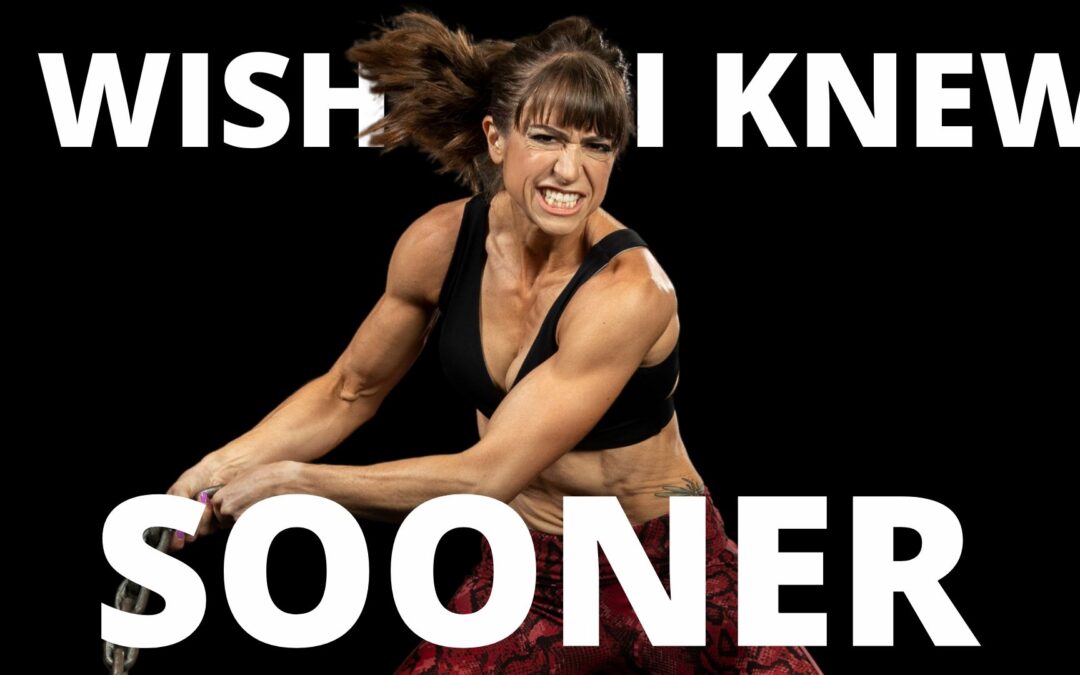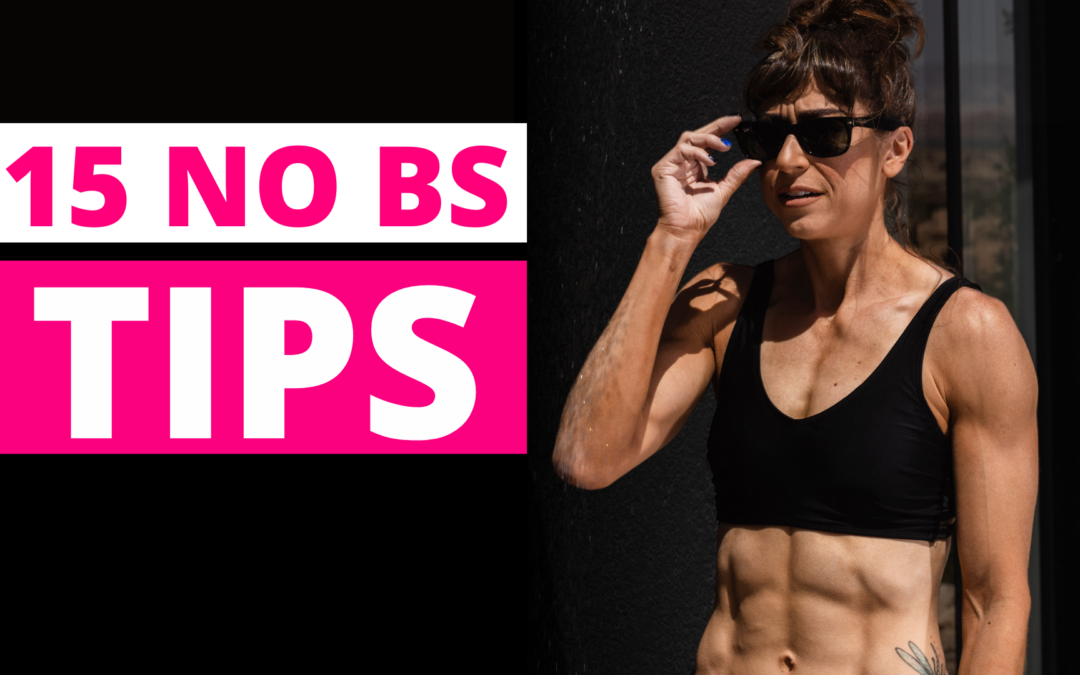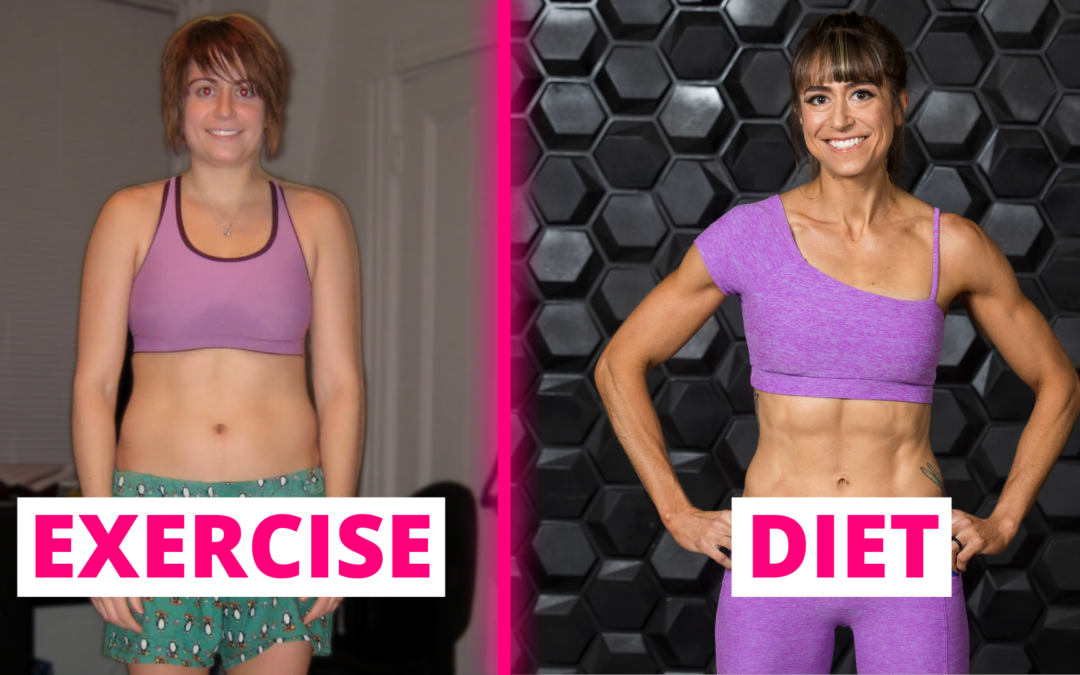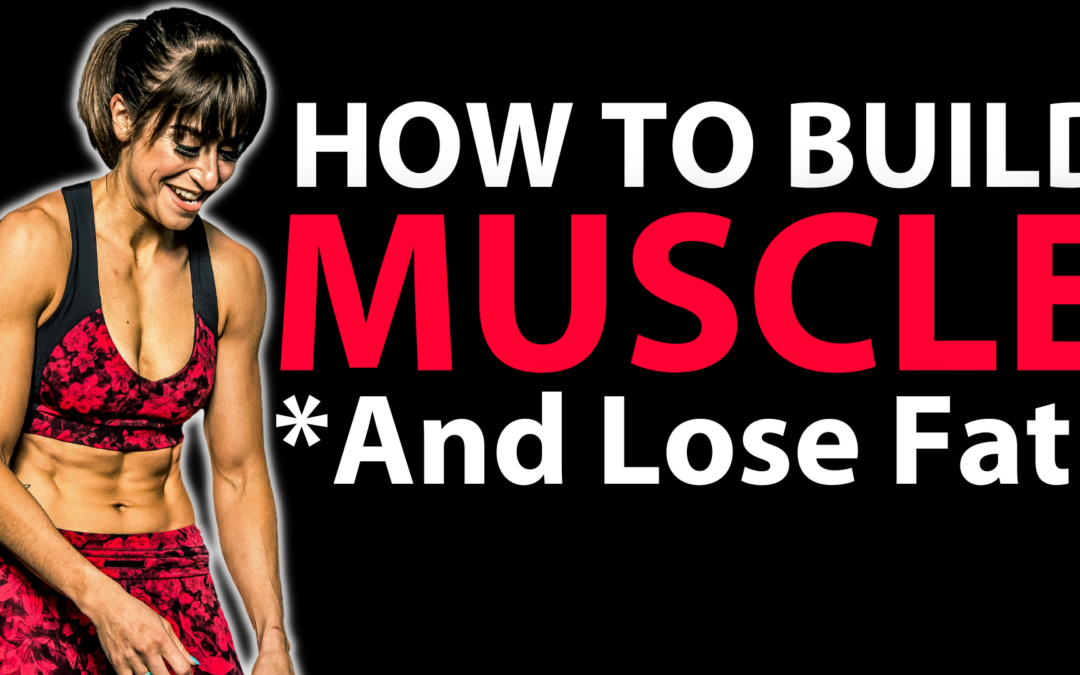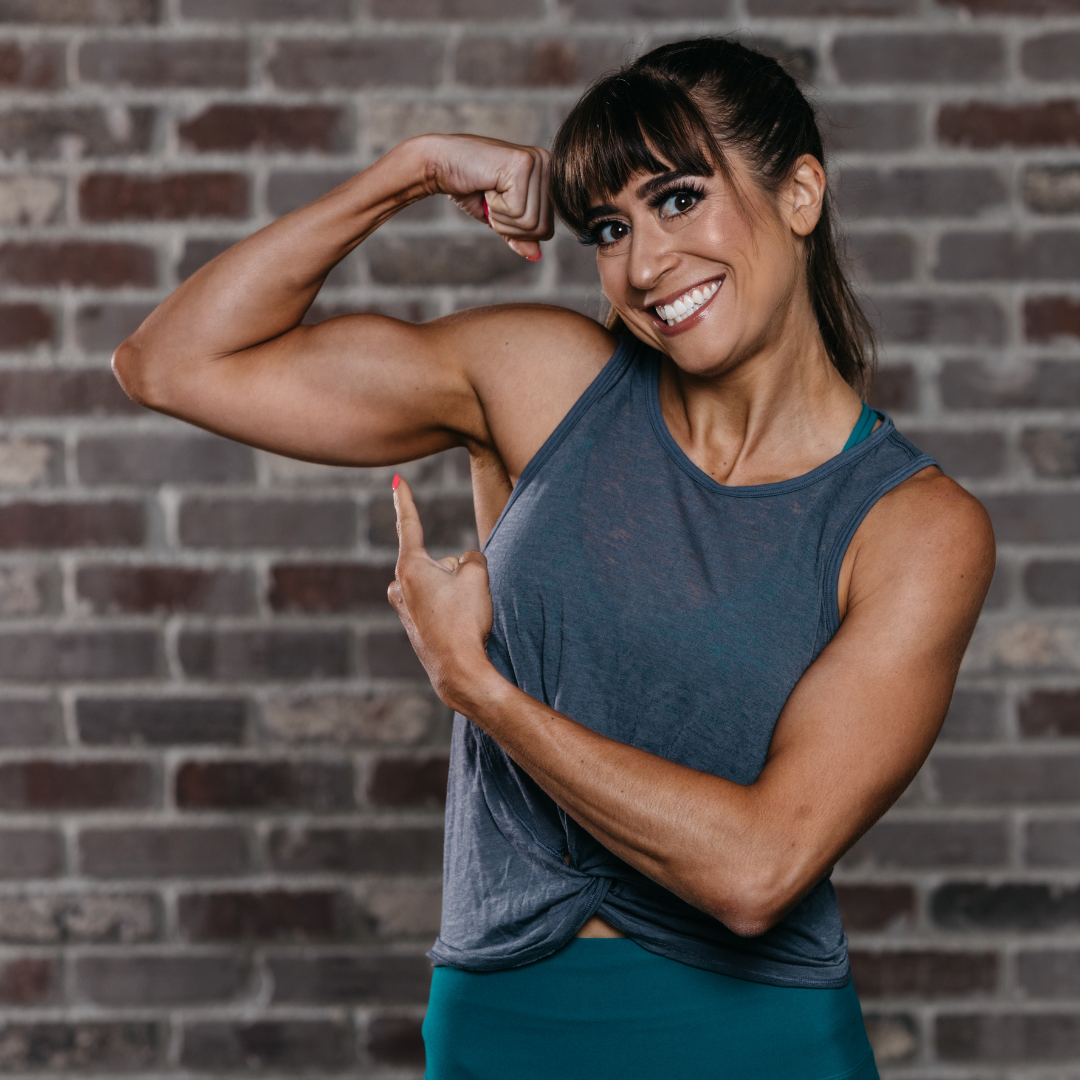
by Cori Lefkowith | Oct 20, 2024 | Blog, Diet, Exercises, Functional Fitness, Mindset
I’m not even going to waste your time with an intro…Here are 10 Unique Healthy Habits I Wish I’d Started Earlier…. Habit #1: Stop labeling foods as good and bad. I pressured myself to eat clean…in a whole host of different variations for the longest time and sabotaged...

by Cori Lefkowith | Oct 13, 2024 | Blog, Diet
The changes we least want to make are the ones we need the most. And often we already know the answer to the question of “What diet changes do I need to make to see results?”…we just need to be REMINDED of what to do. We need to be reminded to take our ego out of the...

by Cori Lefkowith | Sep 22, 2024 | Blog, Diet, Exercises, Pain Relief, Workouts
I’m going to give it to you straight. 15 tips from about 15 years in the industry in under 15 minutes. Good thing I talk fast. Tips that not only worked for me but I’ve seen work for people around the world to help YOU rock those results no matter your age. So to not...

by Cori Lefkowith | Sep 2, 2024 | Blog, Diet
You can’t out-exercise your diet. Boom. Mic drop. That’s it. And yet we’ve all thought… “I’m training so hard, why can’t I lose weight?!” The simple fact is…our diet needs to be dialed in to match our training if we want body recomp to happen. Now…you may be thinking,...

by Cori Lefkowith | Aug 11, 2024 | Blog, Diet, Exercises
Age is a number. Strength is a choice. Plain and simple. You can’t change your age. You can’t reverse that number. But at ANY time, you can change your lifestyle habits to feel and move your best. Whether we want to admit and OWN this...
